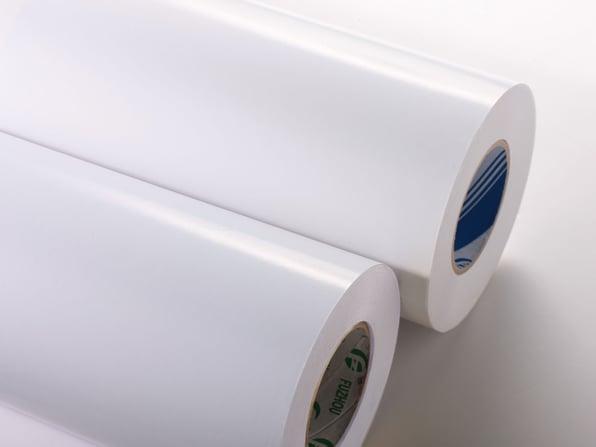Decoding Coated Paper

When it comes to printing, you have a multitude of options to perfect your project. Paper selection can play a major role in differentiating your product and increasing customer awareness compared to your competitors. This post will discuss the differences in the three main types of coated papers (we’ll talk about uncoated papers in an upcoming post): gloss coating, dull coating, and matte coating. The coating process assists in creating an aesthetically pleasing and durable product as well as creates better print definition which improves physical appearance. With a variety of coatings to choose from, it’s important to understand the uses and benefits of each so you can decide which finish best suits your needs as well as your customers’ needs. We understand printing jargon can be confusing so we’ve simplified and decoded your coated options below.
Gloss Coating
Benefits: gloss coating is recommended when you’re seeking brighter, more vibrant colors as well as improved image clarity. This thin layer of pigment (i.e. clay) creates a smooth, highly reflective surface which attracts your eye, and according to Sappi, “has excellent ink holdout.” This coating also acts as a protector against tears, stains, water, and other external agents. Gloss coating may be applied to the entire paper or to specific, targeted areas to create different effects.
Uses: gloss coating is often used with photography and illustration since it creates a shiny surface and eliminates any inconsistencies. This is a great option for brochures, catalogs, and direct mail pieces that include images.
Dull Coating
Benefits: dull coating features less luster and reflection than gloss coating but more luster than matte coating. There are few differences between dull coated paper and silk coated paper, but it’s recommended to incorporate dull coating when you’re trying to achieve a rougher surface which still has excellent ink holdout. Dull coated paper protects your print job like gloss coated paper, but does without the shiny, reflective surface.
Uses: dull coating is ideal for elegant print projects such as invitations and greeting cards. This is also a great option to use on brochures, catalogs, and direct mail pieces to differentiate yourself from competitors, especially in the hospitality and luxury industries.
Matte Coating
Benefits: matte coating features a rough printed surface which flattens out and softens ink colors. It features very low levels of gloss which minimizes reflection, but creates a very sturdy print. This coating may be easier to physically damage, compared to gloss and dull coated papers, but it’s smudge-free and has storage longevity.
Uses: matte coating allows text to be read easier. This makes the matte process ideal for professional collateral including brochures, catalogs, direct mail pieces, business cards, and greeting cards, especially in legal, finance, accounting, and corporate industries. It can also be used for portrait photography since it offers a softer appearance.
These are the three main paper coating options that can be utilized to enhance any print project. Our team will work with you to help find the best paper options for your projects and ensure a high quality product. Contact us to learn more about all your coating and printing options.
